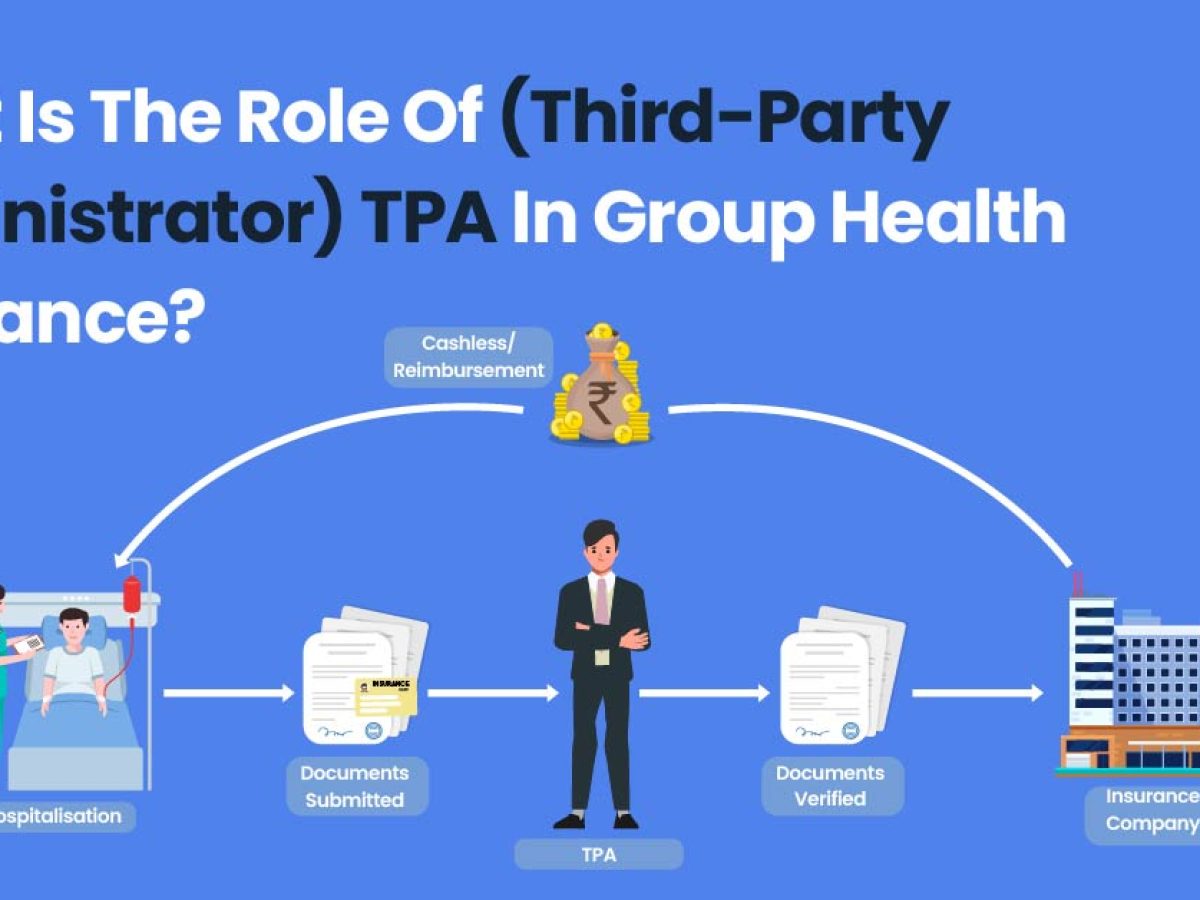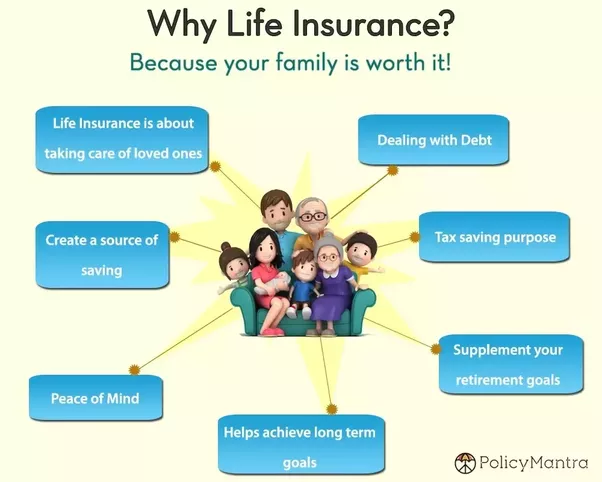See This Report about Pacific Prime
See This Report about Pacific Prime
Blog Article
What Does Pacific Prime Mean?
Table of ContentsThe Buzz on Pacific PrimeThe Of Pacific PrimeThe 7-Minute Rule for Pacific PrimeThings about Pacific PrimeSome Ideas on Pacific Prime You Need To Know

This is since the data were accumulated for a period of solid financial performance. Of the approximated 42 million people who were without insurance, just about concerning 420,000 (regarding 1 percent) were under 65 years old, the age at which most Americans become eligible for Medicare; 32 million were grownups in between ages 18 and 65, about 19 percent of all adults in this age team; and 10 million were children under 18 years old, concerning 13.9 percent of all children (Mills, 2000).
These quotes of the variety of persons without insurance are created from the annual March Supplement to the Existing Population Study (CPS), performed by the Census Bureau. Unless otherwise noted, national quotes of individuals without health insurance and percentages of the population with different kinds of insurance coverage are based on the CPS, one of the most widely utilized resource of quotes of insurance policy protection and uninsurance rates.
Top Guidelines Of Pacific Prime

Still, the CPS is specifically valuable due to the fact that it generates yearly quotes relatively quickly, reporting the previous year's insurance policy coverage approximates each September, and due to the fact that it is the basis for a constant set of estimates for more than twenty years, enabling analysis of trends in insurance coverage over time. For these reasons, along with the considerable use the CPS in other research studies of insurance protection that are provided in this report, we rely upon CPS price quotes, with restrictions noted.

The quote of the variety of without insurance people expands when a populace's insurance policy status is tracked for a number of years. Over a three-year duration starting early in 1993, 72 million individuals, 29 percent of the united state populace, were without insurance coverage for at the very least one month. Within a single year (1994 ), 53 million people experienced a minimum of a month without coverage (Bennefield, 1998a)
6 out of every ten uninsured grownups are themselves used. Although functioning does enhance the possibility that one and one's household members will have insurance policy, it is not an assurance. Also members of family members with 2 permanent breadwinner have nearly a one-in-ten chance of being without insurance (9.1 percent uninsured price) (Hoffman and Pohl, 2000).
The Single Strategy To Use For Pacific Prime
New immigrants represent a substantial percentage of individuals without medical insurance. One analysis has attributed a considerable section of the current growth in the size of the united state uninsured population to immigrants who showed up in the nation in between 1994 and 1998 (Camarota and Edwards, 2000). Recent immigrants (those who pertained to the USA within the previous 4 years) do have a high rate of being uninsured (46 percent), however they and their kids represent just 6 percent of those without insurance policy across the country (Holahan et al., 2001).
The partnership in between medical insurance and access to care is well developed, as recorded later on in this phase. Although the relationship in between health and wellness insurance coverage and health and wellness results is neither straight neither straightforward, a comprehensive professional and health services research literature web links medical insurance coverage to improved access to care, better quality, and improved individual and populace wellness condition.
Levels of analysis for taking a look at the impacts of uninsurance. This discussion of wellness insurance policy protection focuses largely on the united state population under age 65 since essentially all Americans 65 and older have Medicare or other public coverage. Moreover, it focuses especially on those without any type of wellness insurance policy for any kind of size of time.
Pacific Prime for Dummies
The troubles faced by the underinsured are in some respects similar to those faced by the uninsured, although they are generally much less severe. international travel insurance. Uninsurance and underinsurance, nevertheless, entail clearly various plan problems, and the methods for resolving them might vary. Throughout this study and the 5 records to adhere to, the primary focus gets on individuals without medical insurance and therefore no support in paying for health treatment beyond what is offered with charity and safeguard organizations
Wellness insurance coverage is a powerful aspect impacting receipt of treatment since both clients and physicians react to the out-of-pocket rate of solutions - description https://slides.com/pacificpr1me. Health insurance, nevertheless, is neither needed neither adequate to access to clinical services. Nonetheless, the independent and straight result of health and wellness insurance coverage on access to health solutions is well developed.
Others will acquire the health treatment they need also without medical insurance, by spending for it out of pocket or seeking it from companies who use care cost-free or at highly subsidized rates. For still others, medical insurance alone does not ensure receipt of care because of various other nonfinancial barriers, such as an absence of wellness care carriers in their area, minimal accessibility to transportation, illiteracy, or etymological and social distinctions.
The 10-Minute Rule for Pacific Prime
Official study concerning uninsured populations in the United States dates to the late 1920s and early 1930s when the Committee on the Expense of Healthcare created a collection of records concerning funding medical professional office sees and hospital stays. This concern came to be significant as the numbers of clinically indigent climbed during the Great Anxiety.
Report this page